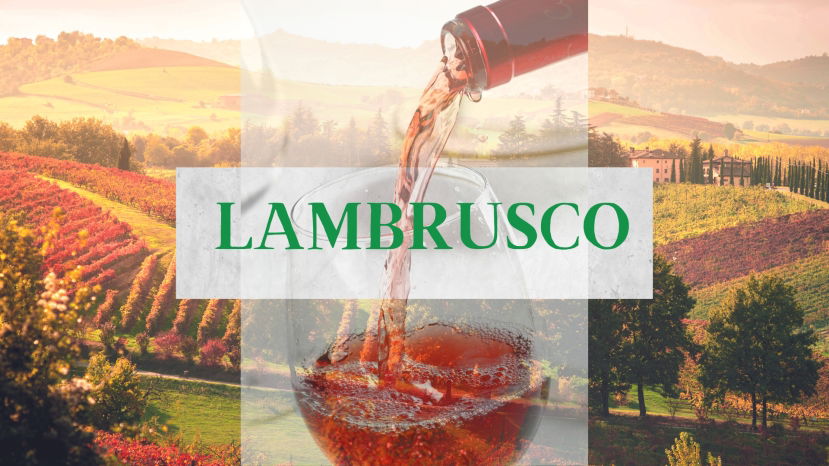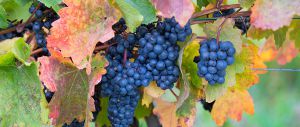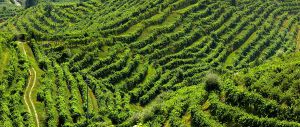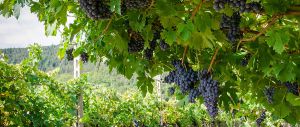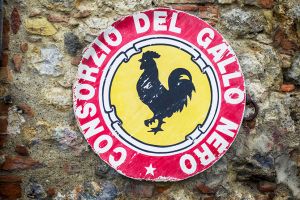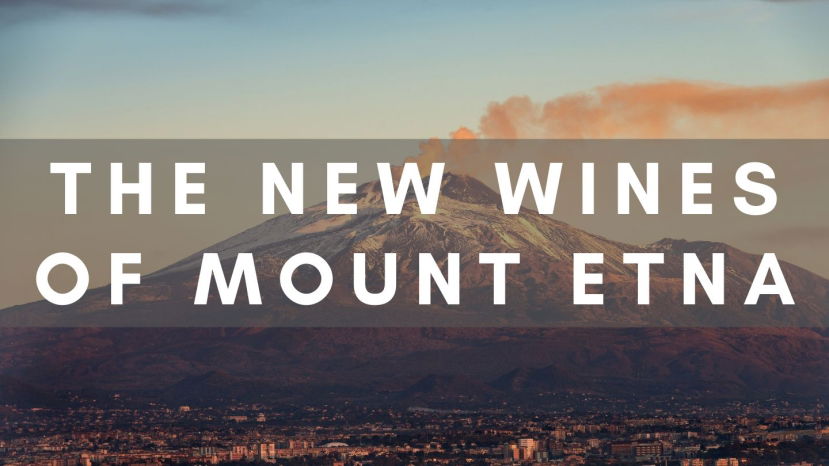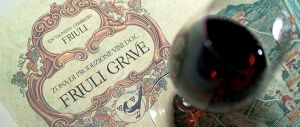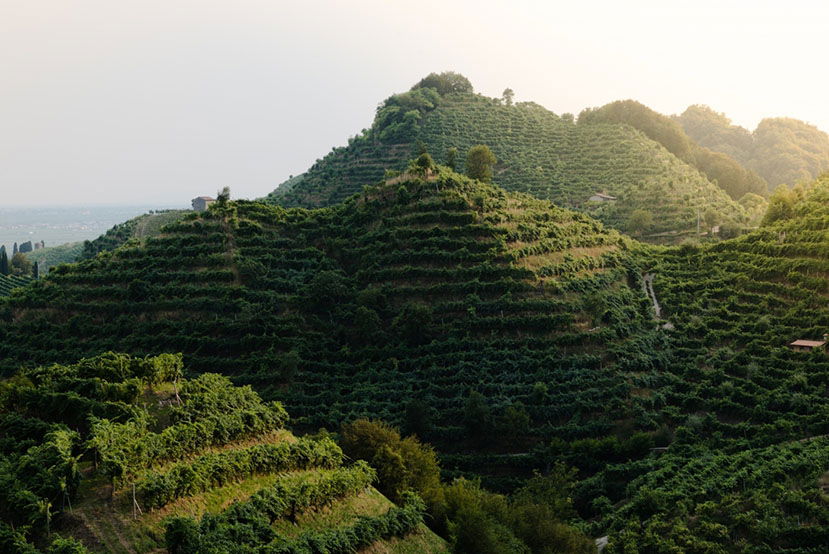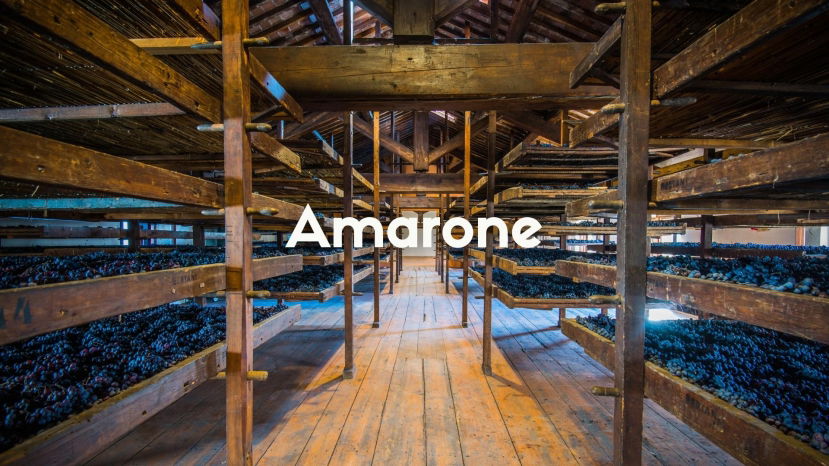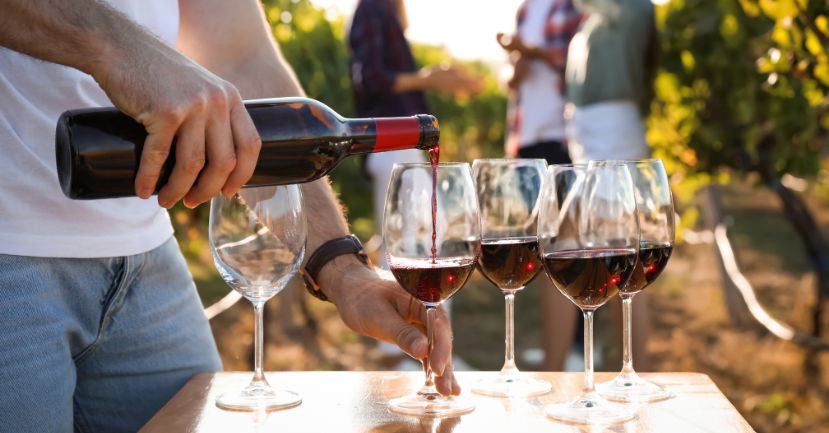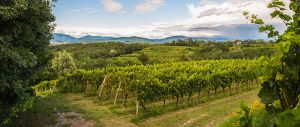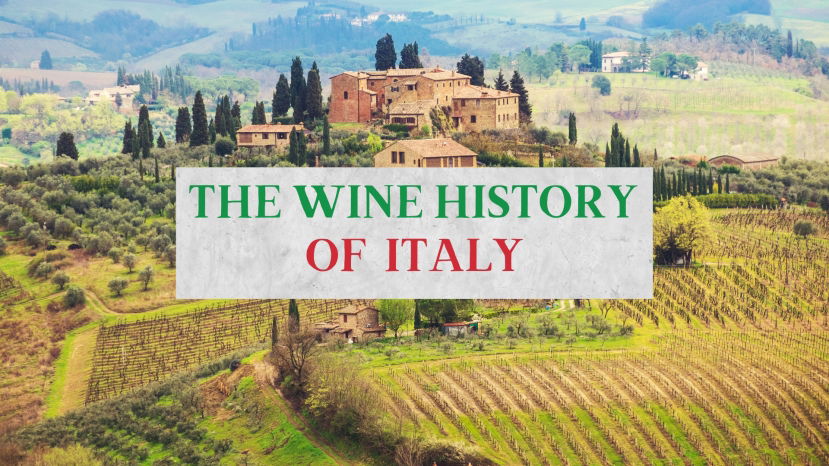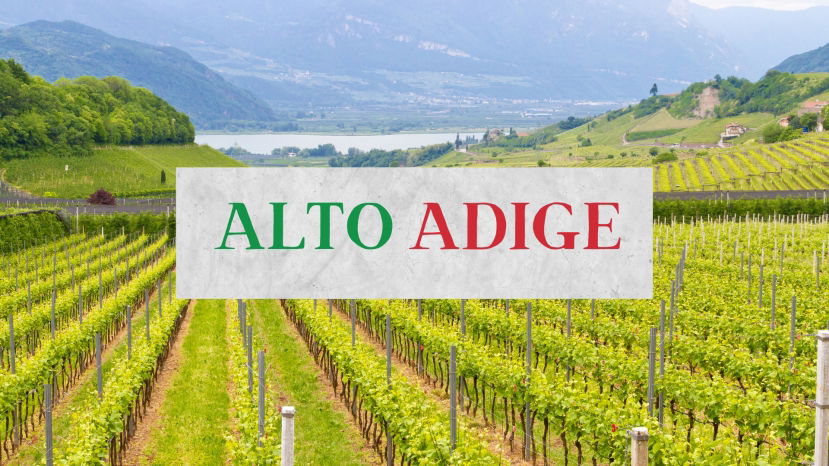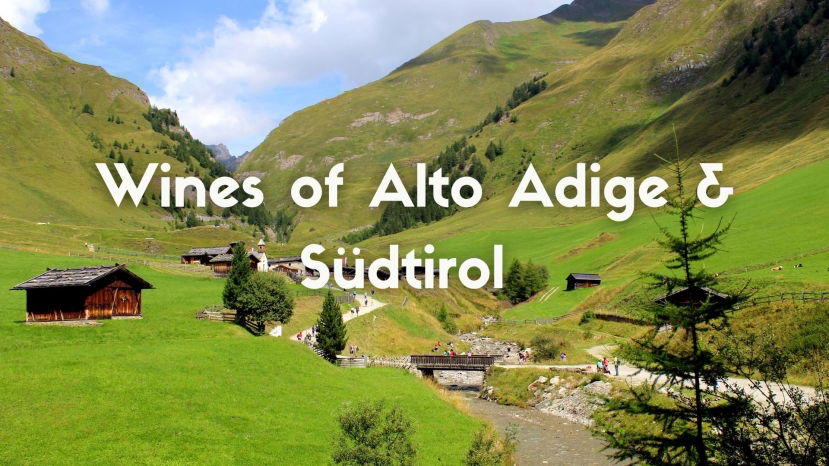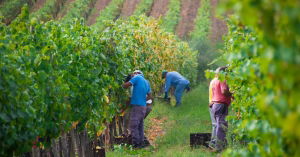BLOG
Italian Wine
The Etruscans were the first to produce wine in northern Italy; beginning with wild varieties, they cultivated vines in Piedmont centuries before the Romans arrived. Nevertheless, it was the Romans who advanced commercial winemaking, significantly increasing the area under vine and using props, trellises and ‘Greek presses’ to dependably supply the empire’s domestic and trading needs.
Not all geographical indications (GIs) are created equal. Small ones are often associated with higher-quality wines, while broader, region-wide designations are generally reserved for more regular bottlings. Take Veneto, for instance. Names like Amarone della Valpolicella Classico, Soave Classico, and Conegliano Valdobbiadene Prosecco Superiore are more often than not found on more prestigious labels than the region-wide Veneto IGT, generally destined for more unassuming liquids.
Summary:
Lambrusco has a bad rap. Many wine drinkers dismiss it as simple sweet commercial fizz. And perhaps much of it was when it made its international debut in the 1960s and ‘70s. But that was a long time ago. And there’s much more to Lambrusco than many are aware.
In this webinar we will investigate the ancient origin of the Lambrusco family of grapes in an atypical growing area in the Po River valley, focusing on three of the most important, site-specific
Are you looking for the best Italian red grapes? The wonderful thing about Italian red grape varieties is that they are distinctly Italian. Plenty of winegrowers around the world have made attempts at growing Sangiovese, Nebbiolo and Barbera, but few have come even close to matching the results of these grapes’ native soils. As a rule, Italian grape varieties don’t care to leave Italy, and who could blame them? Completely at home in their places of origin or tradition, each Italian red grape has evolved and adapted in perfect harmony with their surroundings.
Glera is the principal grape of Prosecco sparkling wine. Originally the grape was known as Prosecco (more precisely Prosecco Tondo). The variety has an unclear origin and an even more complicated ampelographic history due to the fact that several distinct varieties have been called “Prosecco-something” in northeast Italy since the 18th century. The grape is late-ripening and prone to both fungal diseases and water stress. It is widely planted in the province of Treviso.
The grape varieties of Veneto Veneto’s grape varieties are almost equally divided between white and red. More than 60% of the cultivated varieties are native or Italian grapes. Among them, the indigenous Glera, Garganega and Corvina Veronese account for almost half of Veneto’s total plantings.
The Gallo Nero (Black Rooster) was the historic symbol of the League of Chianti and has become the symbol of the wines of Chianti Classico. The Black Rooster symbol is linked to a medieval legend that takes place during the time of open hostilities between Firenze and Siena for control of the Chianti territory.
Summary:
By examining Mount Etna's peculiarities, history, and modern practices we are able to learn why these inimitable volcanic wines have everyone talking about Sicily.
Presenter: Benjamin Spencer DipWSET
Benjamin Spencer is an award-winning American author, journalist, and the founder of the Etna Wine School, a wine consulting company on Mount Etna, in Sicily. After making
Advances in the cellars coupled with better vineyard management and Friuli’s natural gift of a temperate climate, resulted in concentrated wines with an extra layer of richness. From the 1970s onward, Friuli gained commercial success and popularity for its white wines.
Friuli Grave DOC Friuli Grave was previously called Grave del Friuli but is often simply referred to as Grave. This is the largest DOC, both in terms of area under vine and in production. It accounts for more than one-third of Friuli’s total wine production.
This short article is a follow up to my webinar for WSG of 7th June, 2022. It is primarily a reference piece which aims to give more detailed information than the power point format allows. It includes full listings of the Rive sub-zones, terroir areas identified in studies of the Conegliano Valdobbiadene denomination and lists of producers currently bottling Rive wines.
Summary:
Amarone relies on one of the world’s oldest winemaking techniques which results in some of the world’s most delicious wine. Through a combination of natural factors and human intervention the indigenous Corvina grape and cast of supporting varieties gives us several different styles of Amarone.
Join Valpolicella wine specialist Deborah Parker Wong for a webinar that reveals
The best way to make sense of Italian red wines is to simply start tasting them. Italy offers the perfect red wine for every occasion—from pizza on Monday to roast beef with the in-laws on Sunday.
Many of Italy's best red wines are labeled with the name of the wine appellation, often combined with the grape variety. If you've ever felt wholly overwhelmed while browsing an Italian wine section, knowing just a few key wine names will help keep your shopping trip focused and ensure that you have the perfect wine to drink at a moment's notice.
The Super-Whites of FriuliIn the late 1970s, the producer, Jermann, created Vintage Tunina, a complex blend of native and international white grapes that became iconic among Friuli’s superior white blends. Throughout the 1980s and 1990s, Jermann inspired several other Friuli producers, particularly in the DOCs of Collio and Friuli Colli Orientali.
Summary:
Italy has a unique history among European wine-producing countries. This webinar will explore the factors influencing contemporary Italian wine from the Roman era to the present, with a focus on the accelerated pace of transformative events over the past 170 years, which have shaped contemporary Italian wines. Italian wine can feel overwhelmingly complex, but when one understands the context of how and why Italian wine became so multifold and diverse, the
Summary:
Alto Adige is a land of spectacular contrast and diversity. Positioned in northeast Italy, on the sunny side of the Alps, it is an area where men and mountains have met for centuries. It is a frontier region; not just politically but geographically, climatically, and viticulturally. Winemaking here requires a special skill set.
Vineyards are planted from 200m to 1000m and experience huge diurnal swings in temperature, while alpine
Summary:
Two languages spoken side by side is only one of the many unique characteristics of this stunning wine region, formerly a part of Austria, and since 1919, a part of Italy. Today it embraces the best of both cultures and languages but identifies as purely South Tyrolean. Nestled in the northeastern part of the country, in the shadow of the dramatic Dolomite Mountain peaks, Italy’s northernmost wine
I returned to Campania recently for the first time in three years and as with most Italian regions, discovered that not much had changed, at least as far as appearances are concerned. I did meet a few producers I hadn’t visited before, with one of them – Petilia – being a great new discovery for me. More on that below, but overall what impressed me most was the consistency of the wines, white and red.
Italian reds have become famous all over the world, characterized by their intense structures, rich perfumes and distinctive personalities, often derived from the peninsula’s characterful native grape varieties.
In a country famous for red wine, Italy’s white wines are often overlooked. Although the country has gone global with a range of crisp, well-priced and crowd-pleasing whites, there’s plenty of seriously impressive Italian white wine waiting to be discovered.



